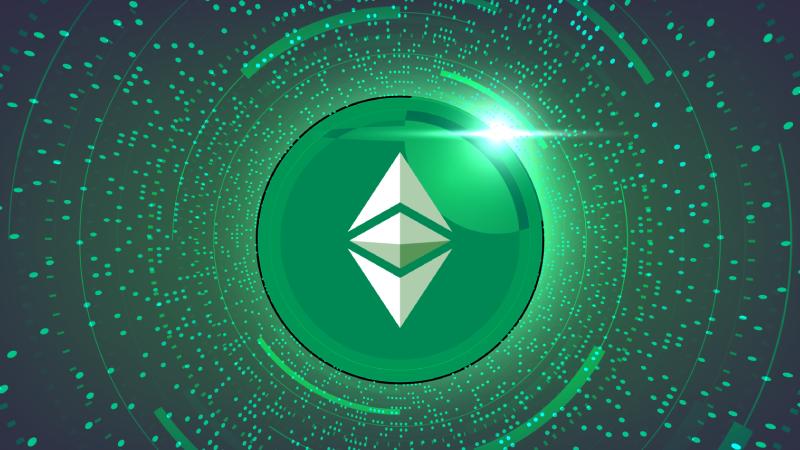Increasing Productivity with Ethereum 2.0 Upgrade
The long-awaited Ethereum 2.0 upgrade is nearing launch.
Ethereum 2.0, also known as Eth2 or Serenity, can be described as an upgrade of the Ethereum blockchain. With the rise, it aims to make more transactions and increase the transfer speeds, efficiency and scalability of ERC20 tokens on the Blockchain network on the network. Among their goals we can add to making the Ethereum network more secure, scalable and sustainable.
When Will Ethereum 2.0 Be Released?
The second phase, called “The Merge,” is expected to come to life in the first or second quarter of 2022. It will connect the mainnet with Beacon Chain and increase energy efficiency.
According to the Ethereum Foundation, the full upgrade to
Ethereum
2.0 is expected to occur by 2023.
What’s coming?
Ethereum 2.0, also known as Serenity, is an update to Ethereum 1.0. It is believed that with the update, the blockages in the network will decrease.
Two innovations that come with Ethereum 2.0 are:
- Sharding (Partitioning)
We can define sharding as partitioning a database.
The shard chains, which will play an important role in scaling the Ethereum network, will distribute all transactions across 64 new chains instead of just placing them on one blockchain.
- Proof-of-Stake
Ethereum’s current consensus mechanism is the Proof-of-work model. With the Ethereum 2.0 update, the
Proof-of-work
model will be abandoned and the Proof-of-Stake model will be transitioned.
How Does the Proof-of Stake System Work?
Ethereum developers are building an update called Ethereum 2.0 that will work on Proof-of-Stake and eventually merge with Ethereum’s mainnetwork.
Proof-of-Stake in Ethereum 2.0 plans to achieve the same result as Proof-of-Work. However, Proof-of-Work allocates large and expensive computers to its miners as hardware resources to secure the network. Proof-of-Stake allocates crypto coins to its validators. To get a chance to verify transactions on a Proof-of-Stake block and receive the associated fees, validators need to lock in or stake at least 32 ETH that they can’t spend. The blockchain uses this locked crypto to protect the network.
In the proof-of-work model, miners use the processing power of a machine to solve complex mathematical puzzles and verify new transactions. The first miner to solve a puzzle adds a new transaction to the record of all the transactions that make up the blockchain. They are then rewarded with the network’s native cryptocurrency. However, energy expenditure is intensively made in this process. In the Proof-of-Stake model, less energy is consumed than in the Proof-of-Work model. For this reason, the Proof-of-Stake model is said to be more efficient. The Ethereum Foundation also has a statement that Ethereum 2.0 will consume 99.95% less energy than Ethereum 1.0.
In the proof-of-stake model, validators are involved instead of miners. In order to be validator, it needs to stake Ethereum. Rewards are distributed to validators according to the number of coins they stake. Validators are similar to miners in that they verify transactions and make sure the network does not process fraudulent transactions.
Proof-of-Stake vs. Proof-of-Work
You don’t need super-luxurious hardware, as winning awards doesn’t rely on having the most computing power.
This opens up the possibility of more people participating in running an Ethereum node, which provides greater decentralization and greater resistance to 51% attacks.
Due to lower hardware requirements, Proof-of-Stake uses much less energy than Proof-of-Work.
